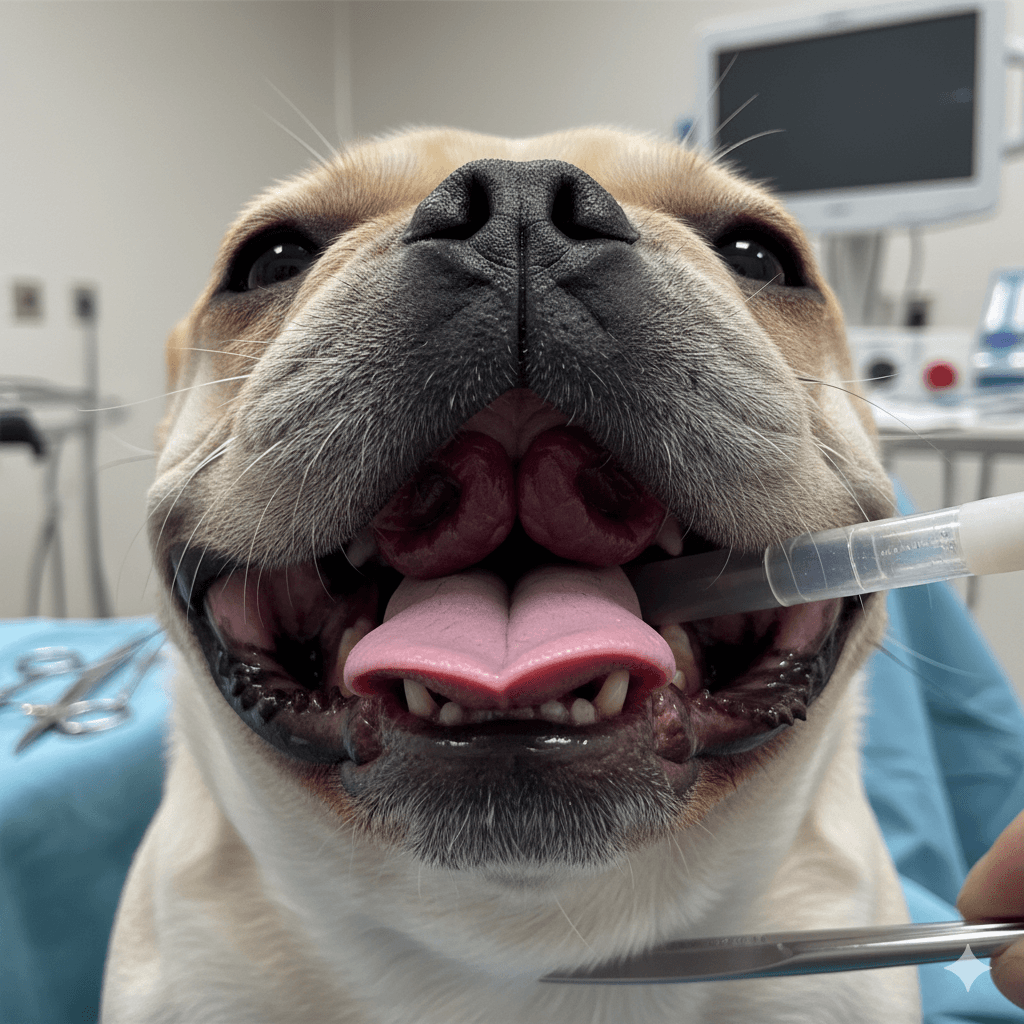Cruciate Ligament Surgery for Dogs: Understanding the Costs and Options
If your dog has been diagnosed with a cruciate ligament injury, you’re likely facing a whirlwind of emotions—and questions. This common orthopedic issue can significantly impact your dog’s mobility and quality of life, but surgery is often the best path to recovery. However, one of the biggest concerns for pet owners is the cost of cruciate ligament surgery for dogs. From surgical techniques to post-operative care, the expenses can vary widely depending on several factors. In this blog post, we’ll break down everything you need to know about the costs, options, and considerations to help you make an informed decision for your furry friend.
Factors Influencing the Cost of Cruciate Ligament Surgery
The cost of cruciate ligament surgery for dogs isn’t a one-size-fits-all figure. Several variables can influence how much you’ll pay, from the type of procedure to your location. Here are some key factors to consider:
The size and breed of your dog can affect the complexity of the surgery and anesthesia requirements.
The type of surgical technique used (e.g., TPLO, TTA, or extracapsular repair) will impact the overall cost.
Geographic location plays a role, as veterinary costs tend to be higher in urban areas compared to rural regions.
The experience and reputation of the surgeon or veterinary clinic may lead to higher fees but could ensure better outcomes.
Additional costs such as pre-surgery diagnostics, medications, and post-operative care should also be factored in.
Understanding these variables can help you anticipate expenses and plan accordingly. Always discuss all potential costs upfront with your veterinarian to avoid surprises.
Common Surgical Techniques and Their Costs
There are several surgical options available for repairing a dog’s cruciate ligament, each with its own benefits and associated costs. Here’s a breakdown of the most common techniques and what you might expect to pay:
TPLO (Tibial Plateau Leveling Osteotomy): This advanced procedure involves reshaping the tibia and typically costs between $4,000 and $6,000.
TTA (Tibial Tuberosity Advancement): Similar to TPLO, TTA modifies the knee structure and ranges from $3,500 to $5,500.
Extracapsular Repair: A simpler method using sutures to stabilize the joint, usually costing between $1,500 and $3,000.
Laser Therapy: Sometimes used as an adjunct treatment, laser therapy sessions can add $50 to $150 per session.
Stem Cell Therapy: An emerging option for enhancing recovery, stem cell treatments can range from $1,000 to $3,000.
Each technique has its pros and cons, so it’s essential to work with your vet to determine which option is best for your dog’s specific needs and your budget.
Check this guide 👉Understanding Entropion Surgery for Dogs: Best 7 Tips!
Check this guide 👉Understanding Soft Palate Surgery in Dogs: Best 7 Tips!
Check this guide 👉Understanding Dog Oral Surgery: Best 7 Health Tips!

Surgical Technique | Estimated Cost Range |
|---|---|
TPLO (Tibial Plateau Leveling Osteotomy) | $4,000 – $6,000 |
TTA (Tibial Tuberosity Advancement) | $3,500 – $5,500 |
Extracapsular Repair | $1,500 – $3,000 |
Laser Therapy (Per Session) | $50 – $150 |
Stem Cell Therapy | $1,000 – $3,000 |
Additional Costs Beyond Surgery
While the surgery itself is a significant expense, there are other costs associated with cruciate ligament treatment that you should be prepared for. These additional expenses can add up quickly, so it’s important to plan ahead:
Pre-surgical diagnostics like X-rays, bloodwork, and physical exams can cost between $200 and $500.
Pain medications and anti-inflammatory drugs may range from $50 to $200 per month during recovery.
Physical rehabilitation or hydrotherapy sessions can cost $50 to $100 per session, with multiple sessions often recommended.
Post-operative follow-up visits and suture removals may add another $100 to $300 to your total bill.
Emergency care or complications during recovery could result in unexpected costs ranging from $500 to $2,000.
Factoring in these additional costs ensures you’re financially prepared for the entire recovery process, not just the surgery itself.
Ways to Manage the Cost of Cruciate Ligament Surgery
Facing the cost of cruciate ligament surgery can feel overwhelming, but there are strategies to make it more manageable. Here are some tips to help ease the financial burden:
Pet insurance can cover a significant portion of the surgery and related expenses if purchased before the injury occurs.
Payment plans offered by veterinary clinics allow you to spread out the cost over several months.
Veterinary schools or teaching hospitals often provide discounted rates for surgeries performed by supervised students.
Nonprofit organizations or charities may offer financial assistance for pet owners in need.
Setting aside an emergency fund specifically for pet care can help you prepare for unexpected medical expenses.
By exploring these options, you can reduce stress and focus on your dog’s recovery without compromising their care.
Recognizing the Symptoms of a Cruciate Ligament Injury
If your dog is limping or showing signs of discomfort, it’s important to act quickly. Early detection of a cruciate ligament injury can prevent further damage and improve recovery outcomes. Here are some common signs that your dog may need surgery:
Limping or favoring one leg, especially after exercise or play.
Swelling or noticeable inflammation around the knee joint.
Difficulty standing up or reluctance to put weight on the affected leg.
A popping or clicking sound when your dog moves their leg.
Decreased activity levels or unwillingness to engage in physical activities like running or jumping.
If you notice any of these symptoms, schedule an appointment with your veterinarian as soon as possible. Early intervention can make a significant difference in your dog’s prognosis.
Helping Your Dog Heal After Cruciate Ligament Surgery
Recovery from cruciate ligament surgery requires patience and careful management. While the surgery itself is critical, the post-operative period plays a key role in ensuring a successful outcome. Here are some tips to support your dog’s healing process:
Restrict physical activity for at least 8–12 weeks to allow the surgical site to heal properly.
Use a crate or confined space to limit movement during the initial recovery phase.
Follow your veterinarian’s instructions for administering medications, including pain relievers and antibiotics.
Schedule regular follow-up visits to monitor progress and address any concerns.
Gradually reintroduce low-impact exercises like short leash walks as advised by your vet.
By sticking to these guidelines, you can help your dog regain strength and mobility while minimizing the risk of complications. Consistency and care are key to a smooth recovery.
Ensuring Your Dog Stays Healthy in the Years Ahead
Even after your dog has fully recovered from cruciate ligament surgery, long-term care is essential to prevent future injuries and maintain their overall health. Here are some strategies to keep your dog happy and active for years to come:
Maintain a healthy weight to reduce stress on your dog’s joints and ligaments.
Provide a balanced diet rich in nutrients to support joint health and overall well-being.
Incorporate low-impact exercises like swimming or controlled walks to keep muscles strong without overexertion.
Consider joint supplements like glucosamine or chondroitin to promote long-term joint health.
Monitor your dog for any changes in gait or behavior that could indicate new issues.
With proper care and attention, your dog can continue to lead an active, fulfilling life even after surgery. Prevention and proactive management are the best ways to ensure lasting health and happiness.
Frequently Asked Questions About Cruciate Ligament Surgery Costs
How much does cruciate ligament surgery cost for dogs?
Costs typically range from $1,500 to $6,000, depending on the procedure and other factors.
Is cruciate ligament surgery covered by pet insurance?
Yes, many pet insurance plans cover surgery costs if the policy was active before the injury occurred.
What is the cheapest option for cruciate ligament repair?
Extracapsular repair is generally the most affordable option, costing between $1,500 and $3,000.
Are there alternatives to surgery for cruciate ligament injuries?
Conservative management (rest and medication) may work for small dogs but is less effective for larger breeds.
How long is the recovery period after surgery?
Recovery usually takes 8 to 12 weeks, with restricted activity and physical therapy recommended.
Investing in Your Dog’s Future: Making the Right Choice
Deciding to proceed with cruciate ligament surgery for your dog is both an emotional and financial commitment. While the costs can seem daunting, remember that this investment is crucial for restoring your dog’s mobility and quality of life. By understanding the factors influencing the cost, exploring financial options, and working closely with your veterinarian, you can make the best decision for your furry companion. At the end of the day, seeing your dog happy, healthy, and back to their playful self is priceless. Your love and dedication are the greatest gifts you can give them—so take the steps needed to ensure they thrive.
Everted Laryngeal Saccules in Dogs: Best 7 Expert Tips! – Spot signs, understand surgery, and help your dog breathe easier.
Tetanus Shot After Cat Bite: Best 7 Expert Tips! – Learn when you need a booster, how to care for the wound, and prevent serious infection.
Tetanus Shot After Dog Bite: Best 7 Expert Tips! – Know when you need a booster, how to clean wounds, and prevent serious infection.
Normal Tear Production in Cats: Best 7 Expert Tips! – Learn what healthy eye moisture looks like and when to seek vet care.





